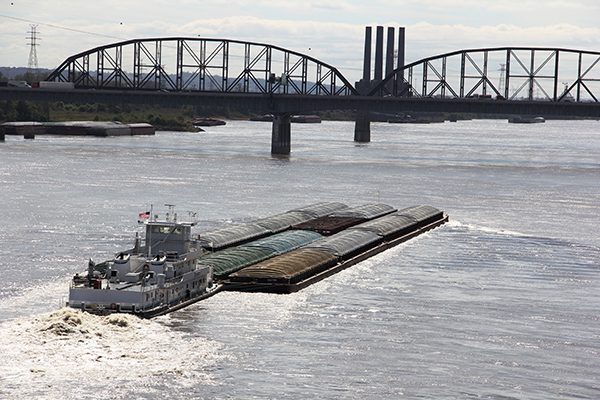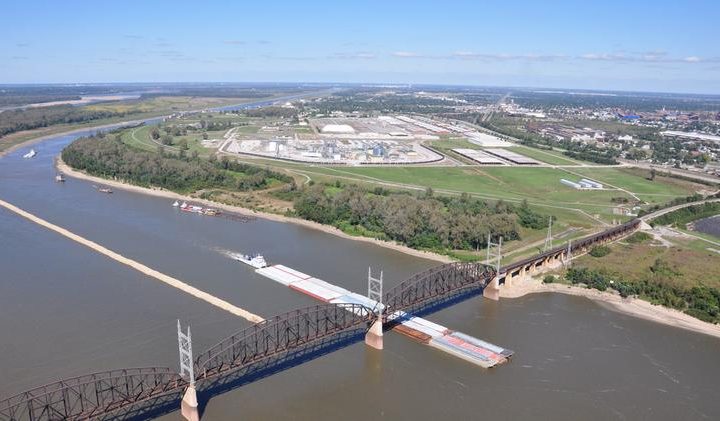
In 2015, one-third of all freight traffic along the section of the Mississippi River from Minneapolis, Minn., to the Ohio River near Cairo, Ill., was captured by the St. Louis region’s ports and river terminals, according to the U.S. Army Corps of Engineers (USACE). The 70-mile St. Louis regional port system represents only 8 percent of this 855-mile section of the river, yet carried one-third of the freight, reinforcing the St. Louis region’s critical role in the nation’s freight network. What does this mean? The St. Louis region’s ports and river terminals have created a competitive shipper and carrier market. Our ability to capture one-third of the market share of 109 million total tons of all freight traffic is attributed to: Available capacity of the existing ports and river terminals and a high concentration of barges, combined with proposed barge facilities coming online over the next couple of years, strategically position the St. Louis region to capture an even greater portion of the freight traffic moving along the Mississippi River. U.S. Department of Agriculture reports suggest that, without improvements in U.S. infrastructure from the farm to ports, global agricultural market shares will decline dramatically. With one-third of barge freight traffic market share and opportunities for additional growth, the importance of continued efficient and reliable rail and truck interconnectivity is critical for maintaining global competitiveness. Investment in our infrastructure, including improving at-grade rail crossings and increasing efficiency of freight rail interconnectivity with the region’s Class I railroads, is key to supporting the barge industry. See the related article in this issue for an overview of the region’s highest priority transportation projects that will help ensure continued growth, or for more information on the entire Freightway project list click here.





